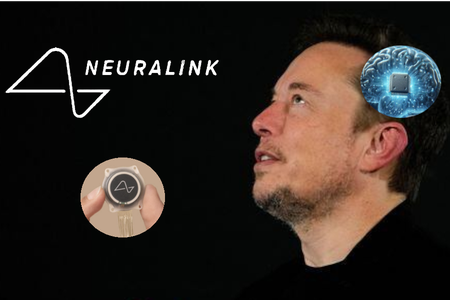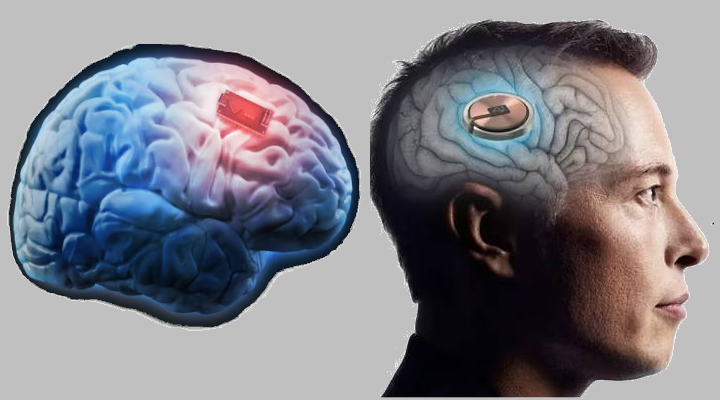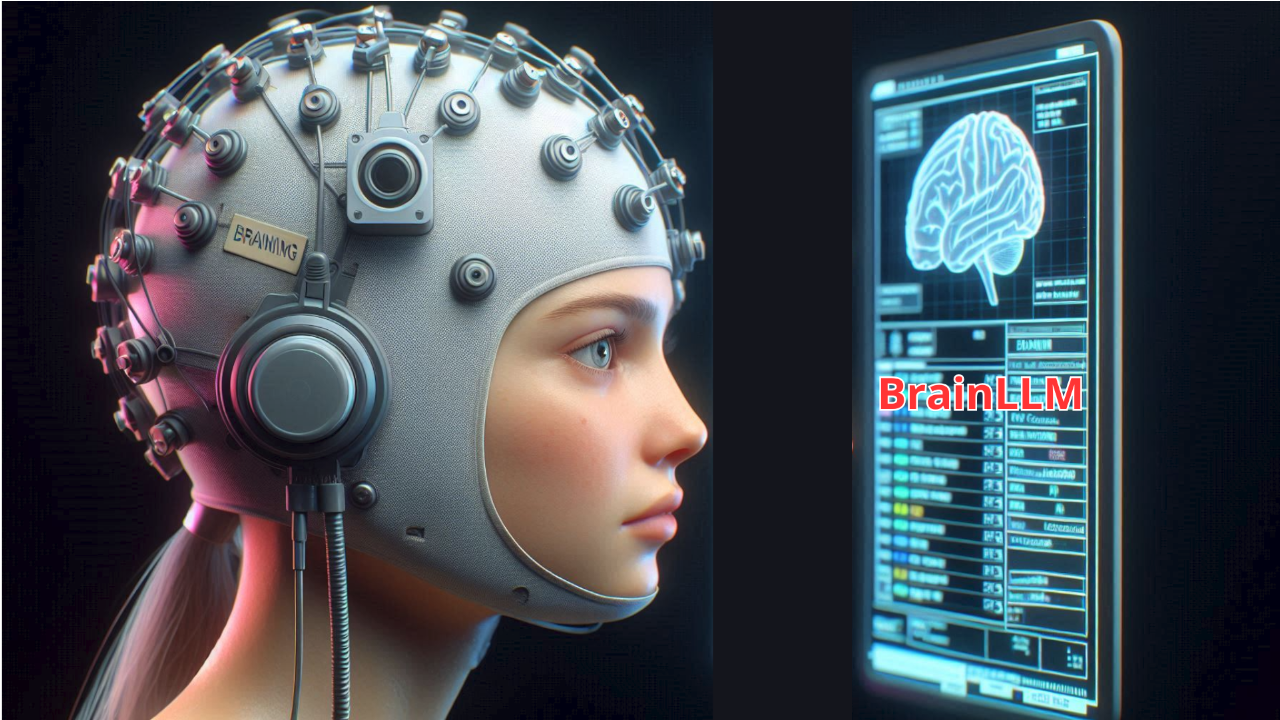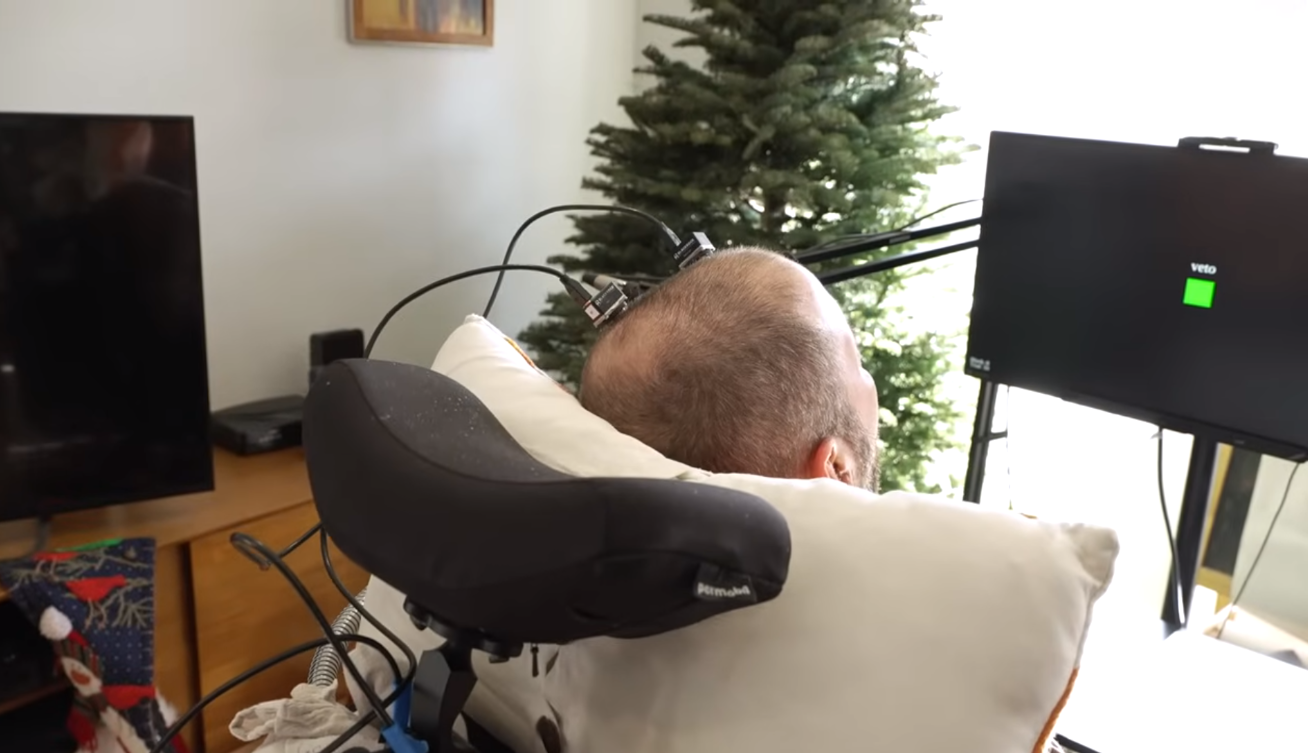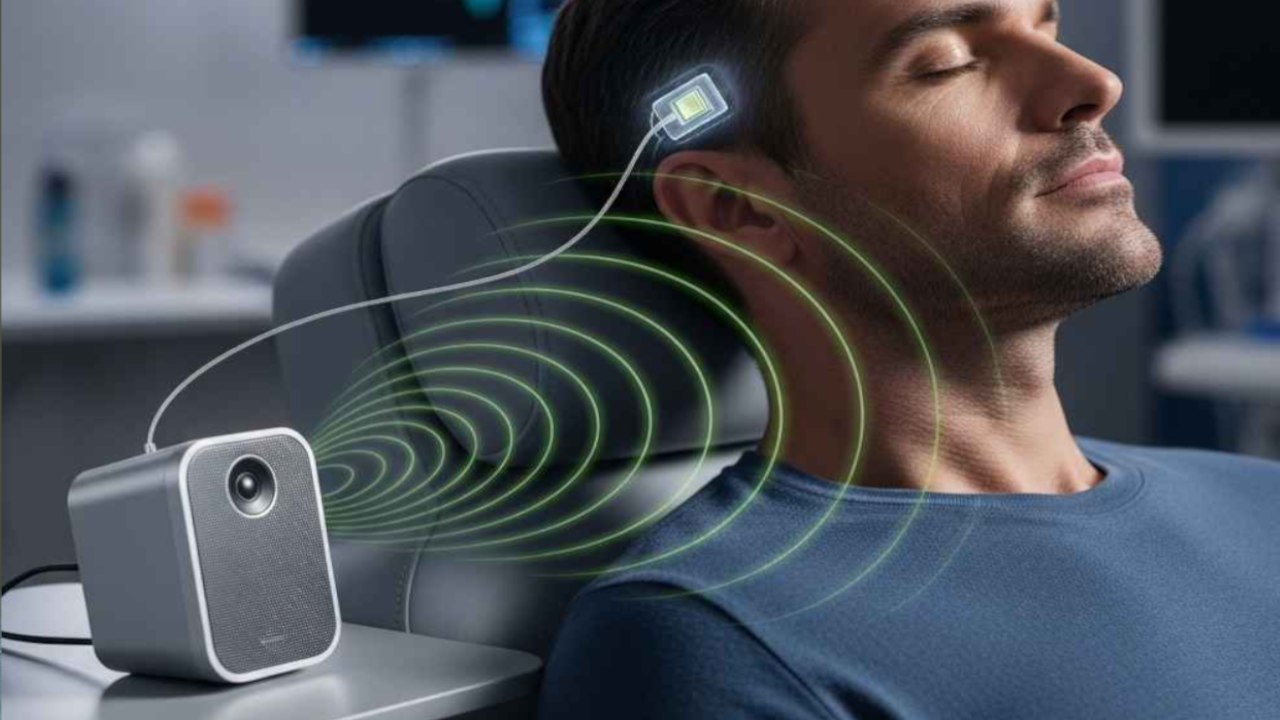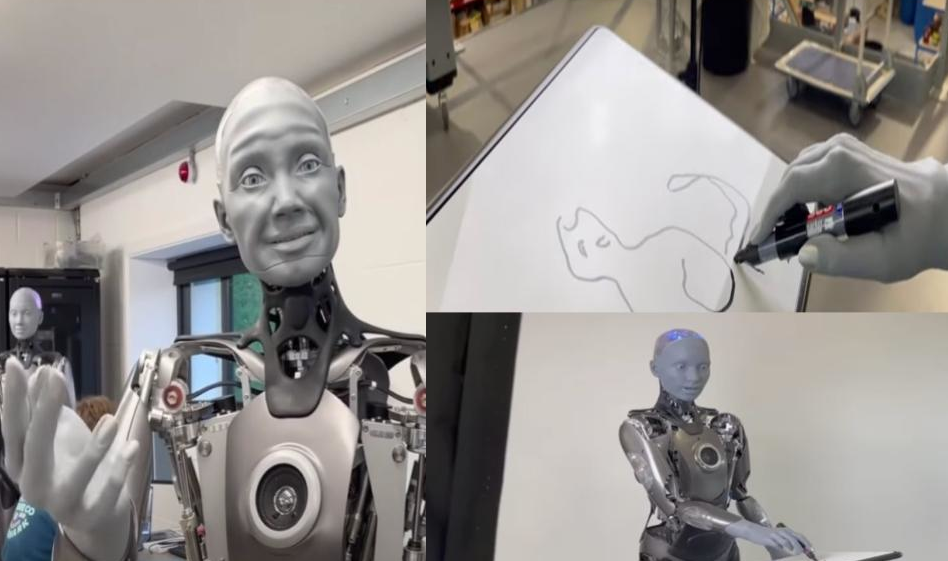Neuralink was founded in 2016 by Elon Musk and a group of neuroscientists and robotics engineers, with the aim of developing chips that are implanted inside the brain to capture the electrical nerve signals it emits and send them to a computer to analyze them and understand their meaning to help patients suffering from paralysis to move arms and electronic tools.
New Idea
The idea was not new. Such devices are called brain-computer interfaces (BCI), and work on developing them began in the 1960s. BlackRock Neurotech was able to implant its first chip in the brain of a paralyzed patient in 2004.
But What made Neuralink stand out was its association with Elon Musk, who marketed it as a tool to connect humans with technology and expand human intelligence. He did not market it as a tool to help people with mobility disabilities only. So it created a lot of hype and interest, as it was linked to what we saw in science fiction films such as The Matrix, and in the eyes of many it became a technology of the future capable not only of reading thoughts, but also of transferring information from the computer directly to the brain.
How does Neuralink work?
On the technical level, Neuralink was distinguished by the design of its new device, which consists of fine electrodes that are implanted inside the skull between the nerve cells and are connected to a device called Link that is installed behind the ear and can be hidden. The electrodes transmit brain signals to it, which in turn transmits them wirelessly to the computer. A computer using artificial intelligence analyzes signals, understands them, and then turns them into actions.
The first practical demonstration of this technology was presented by Musk in 2019. The device was implanted in a monkey using a robotic device in order to be implanted with great precision to avoid harming the nerve cells.
Thus, it comes with some important developments that differ from the BlackRock Neurotech device, which is a Utah array that contains spaced and thicker electrodes and is wired to the computer.
The latest developments
In May 2023, Neuralink obtained approval from the US Food and Drug Administration to be tested on humans; In September, the company began recruiting paralyzed patients to test the device on.
In January 2024, Elon Musk announced the success of implanting the chip in the brain of the first paralyzed patient. The device has begun to receive signals from the brain, and work must now be underway to understand the meanings of the signals it sends and train artificial intelligence systems to understand them.
Updates will be added here.
